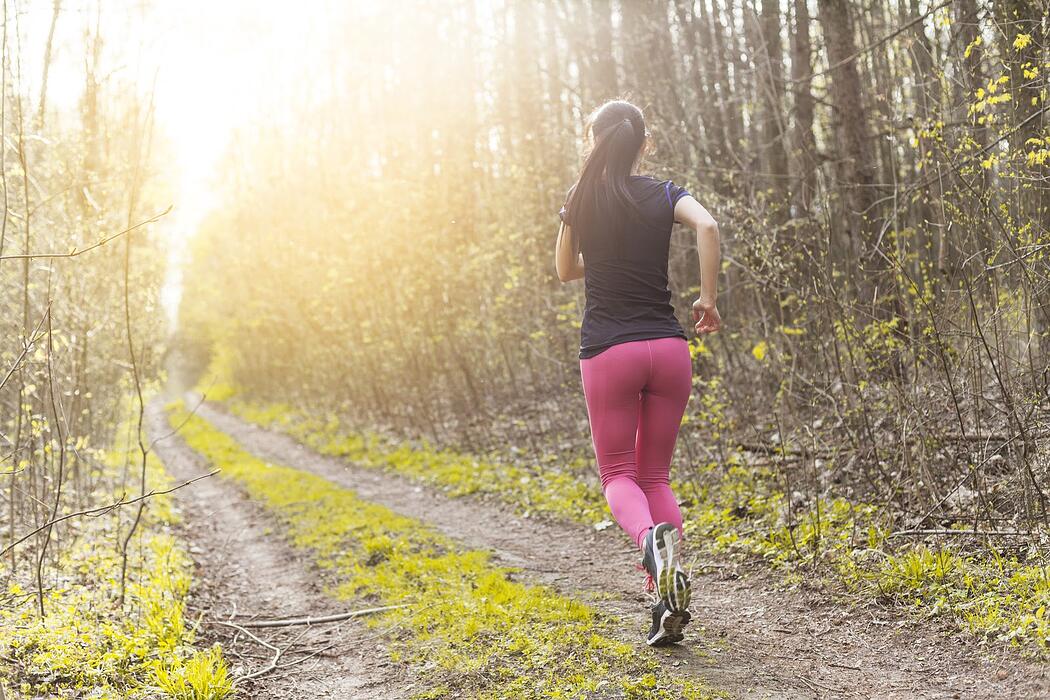If you can't take three strides without pain along your shin, if you can't put pressure on it, or if there is a burning sensation and pain when you lift your foot to the sky, you are probably suffering from what is called shin splints.

The tibia is covered by a very thin, fibrous, whitish membrane called the periosteum, and it is when this membrane becomes inflamed that we have what is called shin splints.

It is important to know that the impact of the foot on the ground is three times greater when running than when walking. With each stride, a shock wave travels up the tibia and this is why periostitis is very common in runners. People who generally run on hard surfaces (road, treadmill for example) or who wear non-adapted shoes will be more prone to get shin splints. In order to give you a "rough" understanding of what is going on, I like to interpret it this way: With each stroke, and even more so if your running cycle has a heel strike, the fibrous membrane will "peel" away from the bone itself and small air bubbles will slip between the shin bone and the membrane.
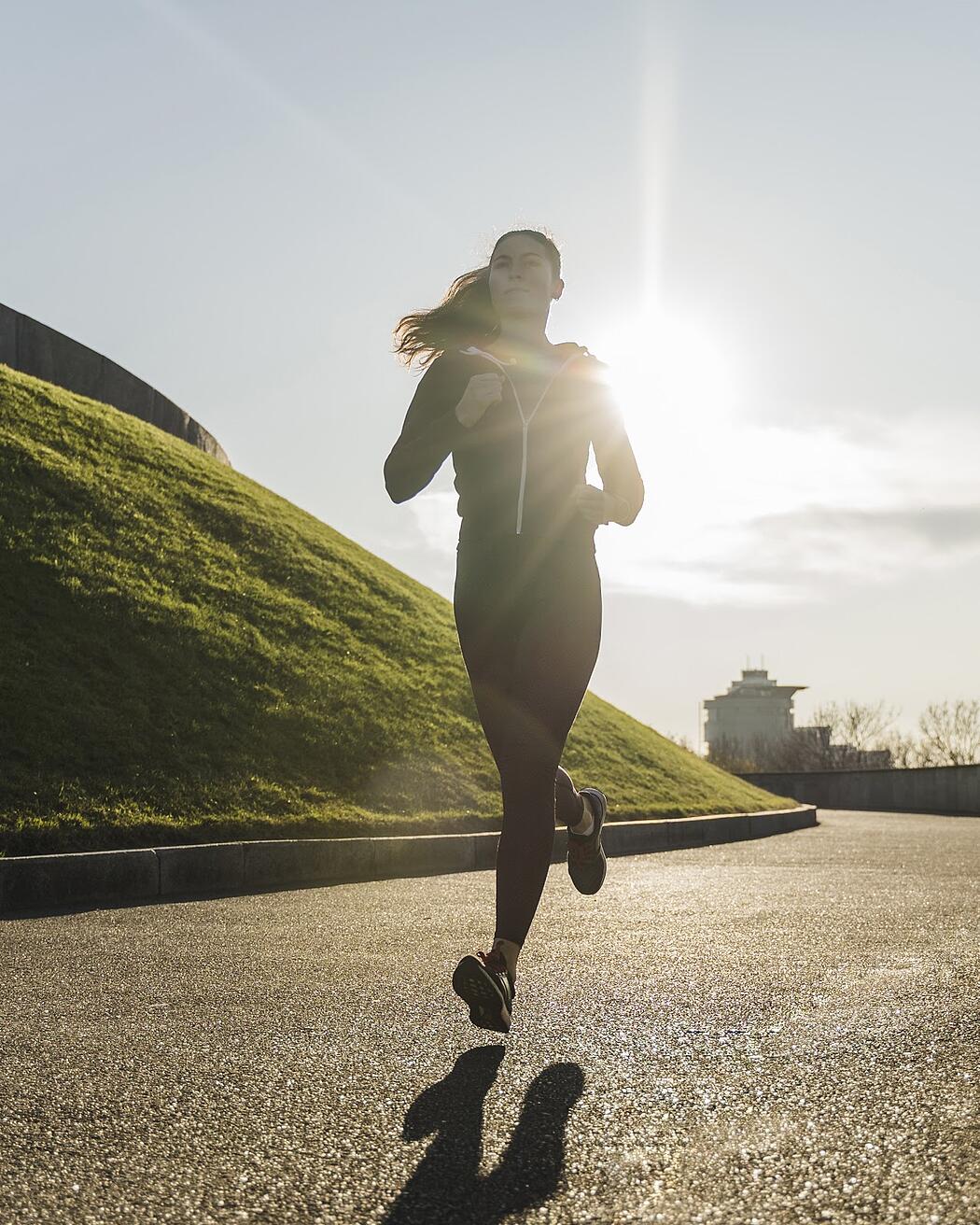
What should I do to treat shin splints?
It is therefore necessary to take measures to avoid pain and especially to make it disappear (burning sensation = inflammation). At first it is essential to reduce all physical activity to avoid aggravation such as a stress fracture. In order to reduce pain and inflammation, an ice pack can be applied for 20 minutes several times a day. (The most effective is to do it for 20 minutes every two hours). If you have the courage, it is even more effective to "dip" your feet in an ice basin for 5 minutes.
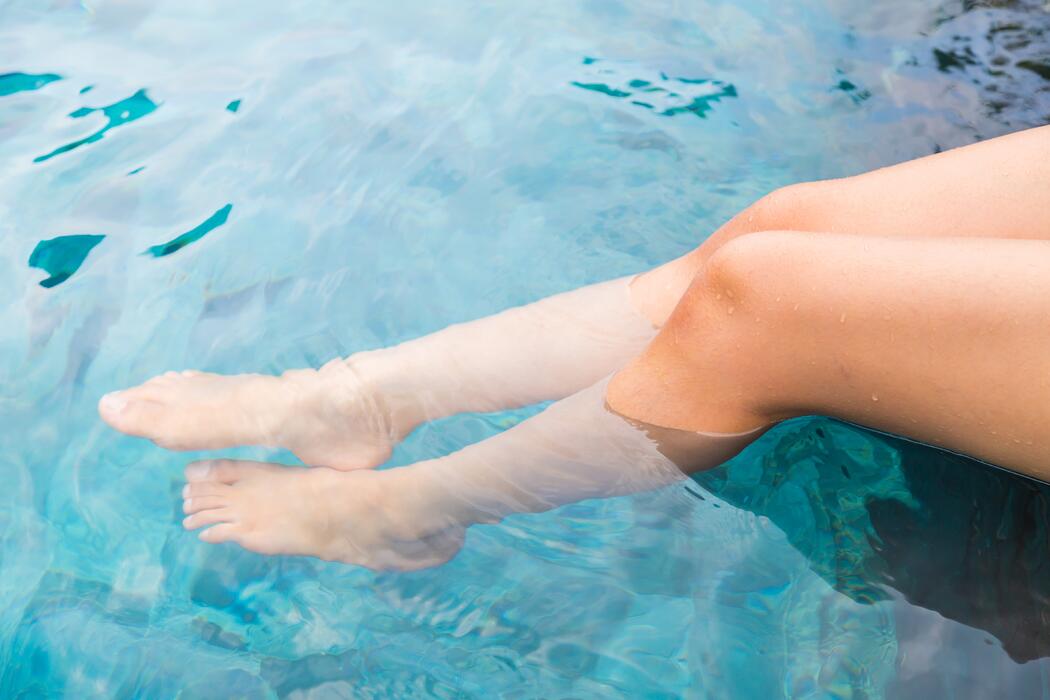
I advise you to make an appointment with your doctor so that he can prescribe physical therapy sessions. Don't expect to get gentle massages when you go there, but these rehabilitation sessions will be essential to avoid any fatigue fracture or aggravation. At home on a daily basis and if your physiotherapist gives you permission, you can massage along the shin (by hand or with a spoon). You will feel small air bubbles bursting (this means that the membrane is repositioning itself on the bone). In order to limit the pain caused by the vibrations at each step during the impact on the ground, do not hesitate to wear support socks (sold in pharmacies or in sports stores specialized in running).
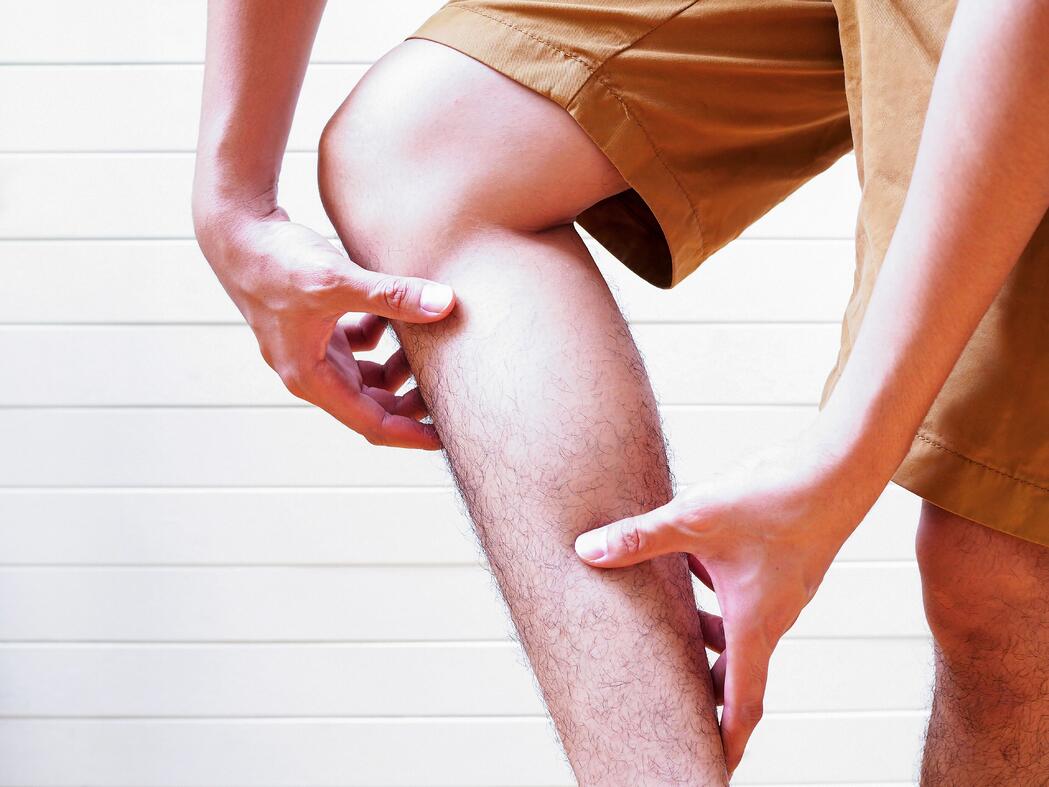
What types of shoes should I choose?
If you are used to walking barefoot (which is generally a good thing to allow the foot to function physiologically), this should be avoided in case of periostitis. In case of pain, shoes with cushioning should be preferred in order to reduce the vibrations caused by the heel strike when walking. Flip-flops or shoes that are open at the back (slippers, sandals, crocs, etc.) should also be kept in the closet for a while. This type of "shoe" does not offer any support and the foot muscles will work too much. This is the opposite of what we are looking for.
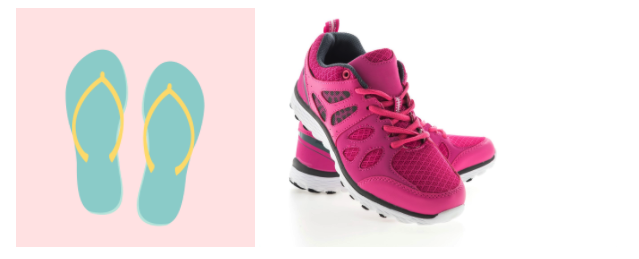
Resuming sports activities
Once the pain has disappeared, it is preferable to favour training sessions on the lawn or in the forest. Start with a session of fast walking or slow jogging to allow your body to get used to the effort. Also take the time to work on the quality of your stride to avoid violent impacts on the ground. When running, the heel strike should be avoided! It is a mid-foot attack that should be worked on and encouraged to allow for a more physiological forward cycle. You will find the details of the running cycle in my next blog.
